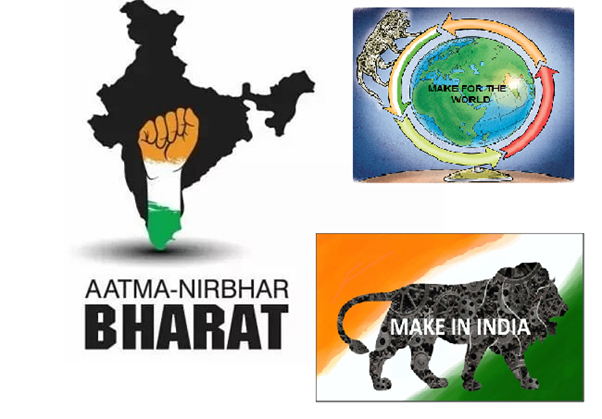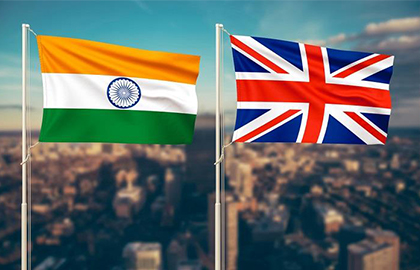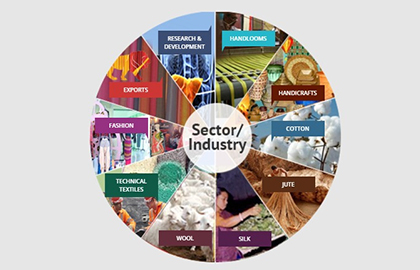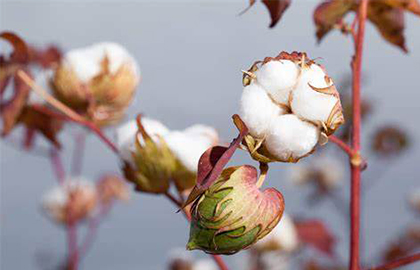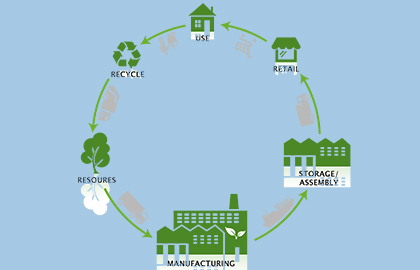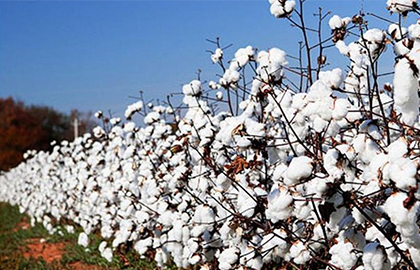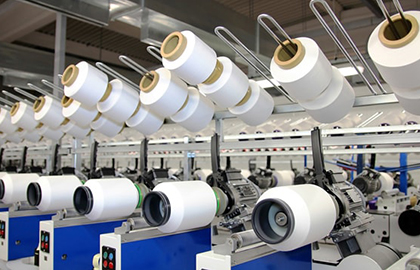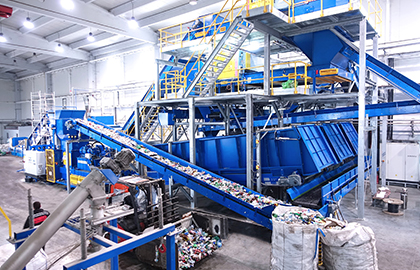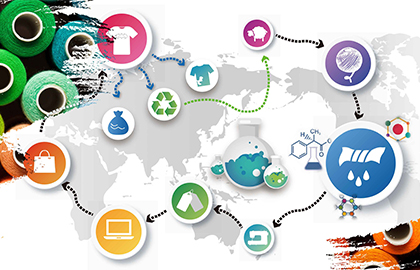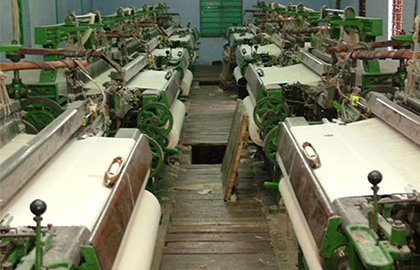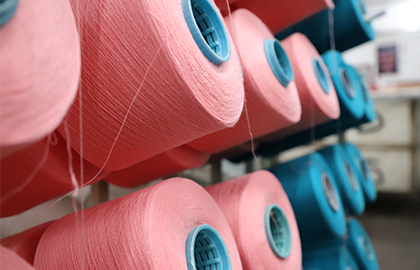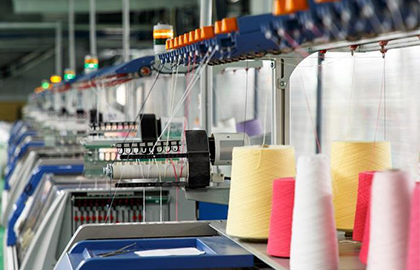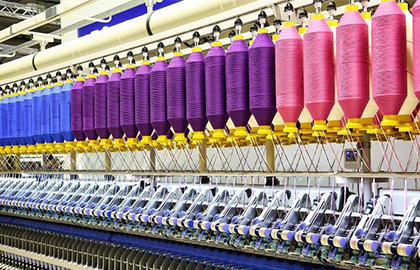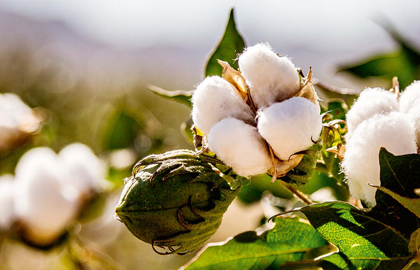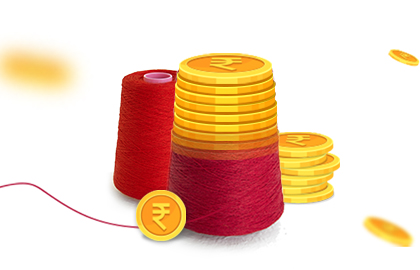
Various initiatives and steps taken by the Government of India to enhance textile Industry
Scheme for Integrated Textile Parks (SITP)
In the wake of the ongoing pandemic, all nations have suffered at large across all industries. Textile Industry too has been no exception to the brunt faced due to the impact of the coronavirus. While most economies are still struggling to get up, India surprisingly has sprung back with the ferociousness of a panther from the third quarter onward. Despite the country coming to a standstill for months and finances and supply chains being adversely affected, Indian textile industry too is gradually scaling back to its pre-covid glory. While credit for this does go to our robust organisations, the various initiatives and steps taken by the Government of India to facilitate this positive movement in the textile industry cannot be ignored. The support provided by the government with its ongoing schemes and the launch of new measures have provided the strong framework that domestic textile manufacturers were seeking to setup their products on. So which of the numerous schemes can we list as the top revolutionary schemes which have caused positive impact on the Indian Textile Industry?
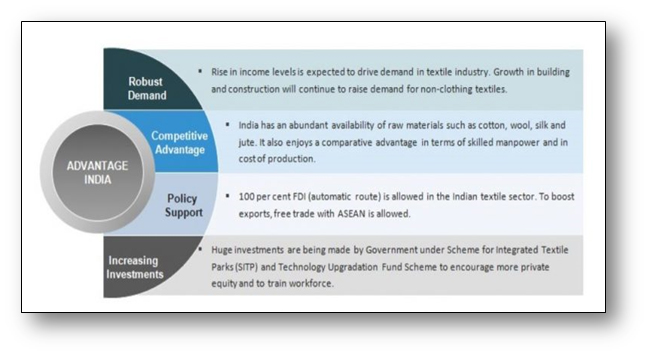
Atmanirbhar Bharat: One of the most important lessons learnt this year has definitely been the need to be self reliant. With our worlds freezing for months with bare minimum access to essential purchases, our generation which depended largely on ordering rather than making anything learnt the importance of not relying on outside world. Our honourable Prime Minister also took this lesson to a countrywide approach with the launch of his “Atmanirbhar Bharat” to boost Indian manufacturers and drive exports higher.
While Indian textile industry is already largely self reliant due to the presence of raw materials ,affordable local labour and effective supply chains, there is much scope left to elevate India’s position to the top textile manufacturer and exported from its current runners-up ranking. This is where government support comes into play. As part of the Atmanirbhar 3.0 package, a major chunk of Rs. 1.45 lakh crores was allotted to give a boost to manufacturing sectors which included textiles. Finance Minister Nirmala Sitharaman has recently proposed National Technical Textile Mission with an outlay of Rs 1,480 crore over four years to cut down imports. When presenting the budget for FY 20-21, she has also announced Rs 27,300 crore allocations for development and promotion of industry and commerce which includes textiles. This financial boost at the right time is fuelling not only the production but also the morale of Indian textile industry.
GST:The new proposed law regarding indirect taxes will result in ‘Fibre-neutrality effect’ on the Indian textiles sector, according to the Ministry of Textiles. This means that all man-made and natural fibres are now treated equally from the tax point of view. This will indirectly encourage product diversification in the industry as manufacturers will consider blending synthetic fibres with cotton fibres.
Despite being the second largest producer of man-made fibres like polyester and viscose, Indian textile industry relies heavily on cotton. A major deterrent for this is the high slab of taxes on man-made fibres.GST on cotton is uniform at 5% whereas MME ranges from 5 % for fabric to 18% for fibre which makes man-made textile production more expensive. With the new proposed laws hoping to come into effect, textile players will be able to experiment with both options of raw materials without expense coming into the picture. This flexibility in production and creative comfort will go a long way in boosting sales of Domestic textile manufacture.

Scheme for Integrated Textile Parks (SITP): The setting up of integrated textile parks is one of the flagship schemes of the Ministry of Textiles primarily setup to assist small and medium entrepreneurs in the textile industry to clusterize investments in textile parks by providing financial support for world class infrastructure in the parks.
SITP has majorly boosted Indian textile industry. A total of 59 textile parks have been sanctioned under SITP by the Ministry of Textiles out of which 22 textile parks have been finalized and rest are under various stages of construction. While 13 textile parks will receive a grant of Rs. 520 crores from the Government for infrastructure development, they are estimated to bring in private sector investment of about Rs. 3,240 crores.
This scheme is a true game changer as the financial aid provided to companies seeking to setup manufacturing units but unable to do so due to the sky high prices of land has caused many new entrants to enter this sector. Furthermore, the easing of the red-tape with the plug and play setup in these parks has made India a hotspot not only for domestic but also international players seeking to enter the domain of textiles and apparel.

Make in India: As part of the “Atmanirbharat Bharat” program, “Make in India” slogan has been launched to reboot and revamp the economy post the first impact of the pandemic. As per data, India has jumped up 79 positions on the ease of doing business ranking after the launch of various schemes under “Make in India” campaign.
The Government of India has taken several measures including Amended Technology Up-gradation Fund Scheme (A-TUFS).This scheme is estimated to create employment for 35 lakh people and enable investments worth Rs 95,000 crore (US$ 14.17 billion) by 2022. The government has also decided to continue paying 24% EPF to ease financial burden on manufacturers as part of its Atmanirbhar Bharat Rozgar Yojna launched in Novemeber,2020
In order to ensure steady supply of skilled manpower in the labour-intensive textile sector, the Union Cabinet approved a Rs 1,300-crore outlay for skilling and up-skilling an estimated 10 lakh people in the entire value chain of the sector, including spinning and weaving. The scheme will provide demand-driven, placement-oriented skilling programme to incentivise the efforts of the industry in creating jobs in the organised textile and related sectors.
The government has proposed to extend 24/7 clearance facility across 14 sea ports and 13 airports to ensure faster clearance of export and import cargo. The Emergency Credit Line Guarantee scheme sanctioned for the textile sectors amongst others aims to clear any financial challenges being faced by existing players as well as provide a platform to new players.
Production Linked Incentive (PLI): Aimed at increasing manufacture and export of Indian technical textiles, the newly launched PLI scheme is amuch-needed step as it would fuel the V-shaped recovery that had begun in many sectors, including the apparel sector. Globally there is huge demand for technical textiles with U.S alone having a market of approximately Rs 3 lakh crores. By filling up the gaps caused by existing hurdles in man-made fibre production, PLI hopes to capture a large chunk of this market and elevate India’s position to the top exporter of technical textiles. As aptly stated by Apparel Export Promotion Council chairman A. Sakthivel,” The fiscal stimulus of ₹10,683 crore to the textile sector, particularly the man-made fibre (MMF) segment and technical textiles, will go a long way in encouraging apparel exporters to foray into MMF garments for which there is a huge demand globally but exports from India is currently low. “
Make for The World: The slew of reforms and legal changes initiated by India over the last few years have fuelled up the Indian government’s dream of India “Making for the World”. Amongst the various schemes launched for upscaling the textile industry, Indian government has taken numerous measures to boost exports of textiles. The Government of India announced a Special Package to boost exports by US$ 31 billion, creating one crore job opportunity and overall attracted investments worth Rs 80,000 crore (US$ 11.93 billion) during 2018-2020. However, the sudden withdrawal of the lucrative Merchandise Exports from India(MEIS) with retrospective effect has caused deep crisis for exporters as not only will the four percent incentive be withdrawn but all incentives under MEIS that was granted to the exporters of made-ups and garments on exports till July 31, 2019 will be recovered.This sudden reversal in attitude towards exporters does not sync with the “Make for the World” campaign launched this year. One can only hope that the government will realise the anguish being faced currently by exporters and make necessary positive changes to this effect.
Foreign Direct Investment (FDI): India has allowed 100% FDI in the Indian textiles sector under the automatic route. Automatic Route says that the non-resident investor or the Indian company does not require any sort of approval from Government of India for the investment and 100% FDI is allowed in India.
With the arrival of FDI, Indian textile industry has witnessed a spurt in investment during the last five years. However, if the government could add single window clearances to their current policies, the entrants coming to take advantage of the facilities provided in Indian Textile market would further increase.
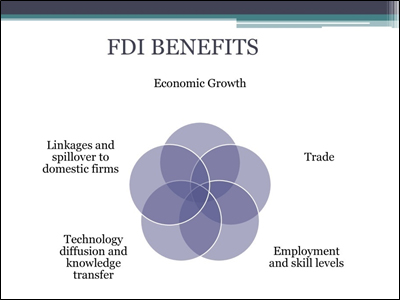
Bilateral Agreements: While the domestic demand for textiles is high, real success for any industry is counted by the amount of its exports. Though India’s textile industry is amongst the top ten exported items of the country, to attain true global competitiveness, India needs to scale up further. Indian government has been extremely active in the last decade towards this cause. Innumerous conferences have been held across the globe with most countries with potential and agreements signed to benefit both.These agreements are helping the Indian textile players counter Bangladesh which, as a ‘least developed nation’, gets duty-free access across the globe.The major FTAs that India has signed and implemented so far include South Asia Free Trade Agreement (SAFTA), India-ASEAN Comprehensive Economic Cooperation Agreement (CECA), India-Korea Comprehensive Economic Partnership Agreement (CEPA) and India-Japan CEPA. All of these have largely boosted textile and apparel exports.However,the bilateral agreements signed with the developed world who are the major importers of textiles are scanty. Unless these figures change and the Government takes stronger steps to cementing deals with the developed nations,true boost of exports will not happen.
Apart from the major game changing policies mentioned above, there are many more policies and schemes which have been initiated and implemented towards fuelling the Indian Textile Industry. Whether it be to promote handlooms, to create more skilled labour or to provide financial aid to start-ups, there is something for everybody in India’s goody bag of policies aimed at improving production, manufacture and exports of Indian Textiles. The textiles ministry has even roped in the prestigious Indian Institutes of Technology (IIT) to address both immediate and medium term action plans for the industry in the post-Covid situation for the textiles industry.
However, what Indian companies need to remember is that while the government policies may assist them and make working easier, unless they achieve manufacturing excellence, they will not be able to scale up to true global heights. Indian textile industry hence needs to take advantage of the bed of policies and schemes and upgrade their manufacturing units at par with their competitors to attain supremacy in the Global textile Industry.
